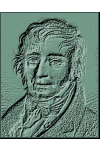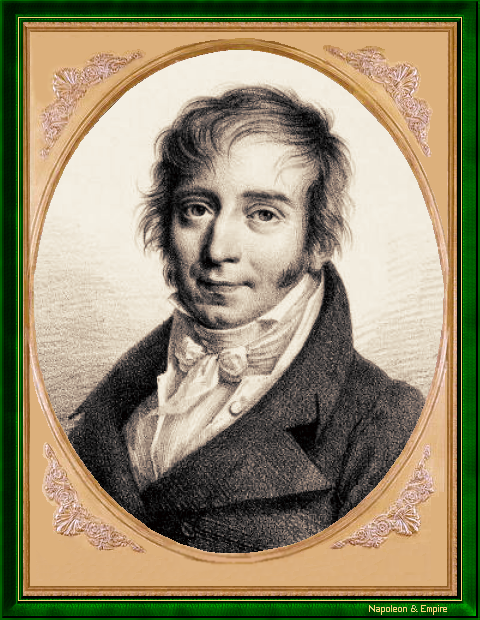Charles-Simon Catel
Pronunciation:

Charles-Simon Catel was born on June 10, 1773 in L'Aigle, Normandy.
He was a pupil of François-Joseph Gossé, known as Gossec, at the Ecole Royale de Chant, and became his assistant at the head of the National Guard's music in 1790. In this capacity, he composed music for special occasions, including military and funeral marches.
When the Conservatoire was founded in 1795, he was appointed professor of harmony. His Traité d'harmonie, published in 1802, was a long-standing authority on the subject.
At first, he composed mainly chamber music, but then turned to opera, performing Sémiramis in 1802, indirectly provoking the dismissal of Jean-François Lesueur, who resented the fact that Catel's work was preferred to his own, and made this known a little too harshly.
Catel also composed comic operas, but without much success.
In 1810, he was appointed inspector at the Conservatoire, a post he lost at the Restoration in 1814. It was during this period, however, that he wrote his masterpiece Wallace ou le Ménestrel (1817), based on Scottish folklore.
Charles-Simon Catel died in Paris on November 29, 1830. He is buried in the Père-Lachaise cemetery, 13th division.
"Charles-Simon Catel (1773-1830)". 19th century engraving.
